In the rapidly evolving Web3 landscape, decentralized systems are revolutionizing various sectors across the globe. With so much going on, DePIN (Decentralized Physical Infrastructure Networks) is here to transform how we manage essential infrastructure like energy grids, transportation systems, and community services.
These networks have the potential to unite Web3’s most exciting realms. Imagine building a massive Lego structure with friends worldwide, each contributing unique pieces. That’s how a DePIN functions.
Combining blockchain technology and smart contracts with real-world elements, they distribute tasks across numerous computers globally. If one part fails, others seamlessly continue. Ready to learn more? Let’s dive in to discover the most thrilling DeFi trend yet.
What is DePIN?
DePINs are decentralized applications that incentivize communities to build physical frameworks from scratch. Operating through blockchain protocols, they build, maintain, and run these infrastructures decentralized and openly.
This concept is ready to spotlight Web3’s real-world potential, transforming how we think about and manage physical hardware infrastructure. It spans many sectors, including data storage, wireless connectivity, computing, energy, and data collection.
At its core, a DePIN is a peer-to-peer (P2P) network that meets hardware demands via a decentralized marketplace. Here, cryptocurrencies play a crucial role, using token rewards to attract and motivate real-world infrastructure operators to join and sustain these networks.
Additionally, DePINs can be categorized into Physical Resource Networks (PRNs) and Digital Resource Networks (DRNs). PRNs incentivize service providers to deploy hardware in specific locations, supplying energy, connectivity, and geospatial data to those areas.
DRNs, on the other hand, create a decentralized back-end for the cloud. Thus, they provide digital resources like computing power, storage, and bandwidth.
How do DePINs Work?
Imagine a DePIN as a grand, collaborative project where technology and community spirit converge. Notably, it relies on four key components. By meticulously orchestrating these components, it offers a decentralized solution for managing physical infrastructure, heralding innovation in the tech and Web3 worlds.
Blockchain Architecture
Think of blockchain as the heart of a decentralized physical infrastructure network. It uses smart contracts to enforce rules, manage fees, and distribute rewards. This decentralized system ensures operations run smoothly and transparently.
Physical Infrastructure Network
Decentralized PINs then utilize hardware devices—routers, switches, and other networking equipment—to transmit data and resources within the network. These physical elements are the tangible building blocks that make it all possible.
Token Rewards
Participants in DePIN are incentivized by crypto assets. Service providers and contributors earn tokens based on their level of engagement and the value they bring to the network. This creates a vibrant economy where everyone benefits from their contributions.
Off-Chain Network
This part handles data transactions outside the main blockchain. Users can purchase computing power, storage, and connectivity from various service providers. Thus, it becomes easy to access the resources they need without relying solely on the blockchain network.
Understanding the DePIN Flywheel

Source: Messari Report
The DePIN flywheel is a crucial concept on how tokenization plays a key role in the network’s growth. This is a self-sustaining cycle that requires no centralized authority. Here’s how the decentralized PIN grows:
- Certain users may demand more storage or additional computing power. As more people join the decentralized PIN, there is an increased demand for such services.
- As demand increases, the DePIN token value rises. Also, increments can occur through mechanisms like token burns and buybacks.
- Since there’s rising token value, individuals and companies are motivated to provide resources in exchange for these tokens.
- As more resources expand the network’s capabilities, the DePIN accommodates more users and meets their diverse needs.
- Investors will be attracted by a growing decentralized network and increasing token value. Thus, they can provide extra funding and support, which further accelerates the DePIN’s development.
Why The Need For Them?
Decentralized PINs are a game-changer in the DeFi ecosystem, addressing the monopolistic hold of Big Tech on hardware infrastructure. Centralized entities can censor or shut down services at will, but a DePIN begs to differ. The network creates an open market where end-users have control, thus fostering a truly decentralized environment.
As explained, decentralized physical infrastructure networks use tokens to incentivize individuals to provide services through real-world infrastructure like machines and devices. This innovative business model upends the traditional approach, enabling organizations to scale organically from the ground up without relying on massive upfront capital.
Take the GPU (Graphics Processing Unit) market, for example. The decentralized computing marketplace Akash launched GPU computing capabilities in 2023, highlighting how individuals and small businesses struggle to access high-performance GPUs reserved for larger clients.
Decentralized physical infrastructure networks level the playing field, offering cost efficiency and competitive pricing through robust service provider communities, making them a viable alternative to traditional models.
Ultimately, they are essential for DeFi services, as they democratize access to physical infrastructure, promote community governance, and enable a more inclusive, efficient, and decentralized economy.
Four Top DePINs

Source: CoinMarketCap
These physical infrastructure networks have the potential to reshape our digital infrastructure and foster an efficient and community-driven future. Here are four top DePINs with growing popularity and demand.
Filecoin (FIL)
Filecoin is transforming data storage with its peer-to-peer network. The network creates a secure and trustless environment for users to interact with storage providers. It allows anyone with the right hardware to become a storage provider by staking FIL tokens as collateral.
Additionally, providers ensure users have quick access to their data. FIL tokens serve as the native cryptocurrency, facilitating payments, incentivizing providers, and ensuring honest behavior.
Render (RNDR)
Render is a cutting-edge P2P network offering GPU processing power for 3D rendering, AI, and ML training. Service providers with idle GPUs can contribute to the network and earn RNDR tokens for their efforts.
GPU providers and users build reputations over time, ensuring reliability and reducing network congestion. Initially created on Ethereum, this DePIN migrated to Solana to enhance its capabilities.
Theta Network (THETA)
Theta Network revolutionizes content delivery through its P2P blockchain protocol. Service providers share storage and bandwidth, creating a decentralized ecosystem for data storage, content delivery, and computing services.
Theta employs Theta Token (THETA) for governance and staking and Theta Fuel (TFUEL) for operational payments to service providers. This structure ensures efficient and decentralized content delivery.
Helium Network (HNT)
The Helium Network is a pioneer in integrating DePIN technology with IoT (Internet of Things). Participants set up Hotspots, providing extensive network coverage for IoT devices and earning HNT tokens. Utilizing Helium’s proprietary LongFi technology, the network extends its connectivity range up to 200 times that of conventional WiFi.
Helium’s Proof-of-Coverage consensus protocol ensures efficient and legitimate wireless coverage, making it ideal for diverse industries.

7 Benefits of DePINs with Notable Examples
A DePin offers amazing perks that continue to increase its virality in Web 3.0. Let’s consider seven benefits it has:
Rapid Scaling
Decentralized PINs can scale incredibly fast by crowdsourcing physical infrastructure. This distributed approach among network participants allows projects to grow quickly at a lower cost. For instance, NATIX, with thousands of users, is mapping the world faster than Google.
Community Ownership
Unlike centralized corporations focused on profits, decentralized PINs are owned by the community. This means the hardware and services are controlled by those who use them, aligning everyone’s interests for better growth and adoption. ELOOP, for example, lets everyone earn a share of revenue from car-sharing Teslas in its fleet.
Open Governance
Decentralized PINs are democratic and accessible, unlike traditional projects with centralized control. Traditional electric vehicle charging companies set their prices and locations based on profit, but PowerPod uses community governance, allowing any charger owner to become a service provider.
No Gatekeeping
A DePIN is permissionless and censorship-resistant, with no central authority to deny access. While centralized platforms share data selectively, Silencio’s network provides global noise pollution data to everyone.
New Investment Opportunities
DePINs use tokenization and fractional ownership to create new investment opportunities. For instance, Penomo allows anyone to invest in green energy storage batteries and earn revenue.
Resource Efficiency
Decentralized PINs promote the sharing of underutilized resources within a community, such as storage space, computing power, or data center capacity. This maximizes resource use, making it more sustainable and cost-effective.
Self-Sustainability
Through token incentives and efficient resource allocation, a DePIN generates enough income to maintain and grow its infrastructure, thus creating a resilient and independent system.

Source: Messari Report
Is DePIN the Future?
An intriguing question, no doubt! Traditional market entry is daunting, with hefty investments, centralized control, and complex infrastructure. However, decentralized physical infrastructure networks offer a compelling alternative.
Imagine launching a telecom service without the burden of massive capital outlay or corporate bureaucracy. By leveraging a DePIN, entrepreneurs empower a community-driven approach where participants deploy and maintain their own hardware.
This decentralized model fosters ownership and flexibility, adapting swiftly to market demands without the constraints of traditional structures. Moreover, it extends far beyond telecom. They encompass diverse sectors like decentralized data storage, computation, wireless networks, sensors, and energy grids—each ripe for disruption.
As innovators explore new frontiers, DePIN promises to compete and excel, driven by a collaborative spirit and cutting-edge technology. If you’re eager for innovation and poised for early adoption, the time to embrace this revolution is now. Get ready to witness and participate in the transformation of industries powered by decentralized networks.
The Final Piece of The Puzzle
As DePIN technology progresses, it promises to revolutionize interactions within the Web3 ecosystem, fostering trustless transactions and accelerating the growth of decentralized apps and platforms.
By granting users greater authority over their digital identities and data, decentralized PINs are poised to redefine online privacy norms and enhance secure and personalized digital experiences. This shift does not only expand technological frontiers but also empowers individuals with newfound digital independence.
Notably, Zypto is a robust blockchain platform that can provide the needed infrastructure and tools to facilitate the development of DePIN applications. Users can download the Zypto App and enjoy seamless transactions on the go.
What are your thoughts on this transformative potential? Share your opinions in the comments below.

FAQs
Does DePIN have a future?
Yes, DePIN (Decentralized Physical Infrastructure Networks) has a promising future. It aims to decentralize and democratize access to physical infrastructure, enhancing transparency, security, and efficiency across various sectors.
Is Filecoin a DePIN?
Yes, Filecoin is considered a DePIN. It decentralizes data storage by allowing individuals to rent out their unused hard drive space, creating a distributed storage network.
What is the difference between DeFi and DePIN?
DeFi (Decentralized Finance) focuses on creating financial services without intermediaries, using blockchain technology. DePIN, on the other hand, involves decentralizing physical infrastructure networks, such as data storage and network bandwidth, enhancing their security and accessibility.

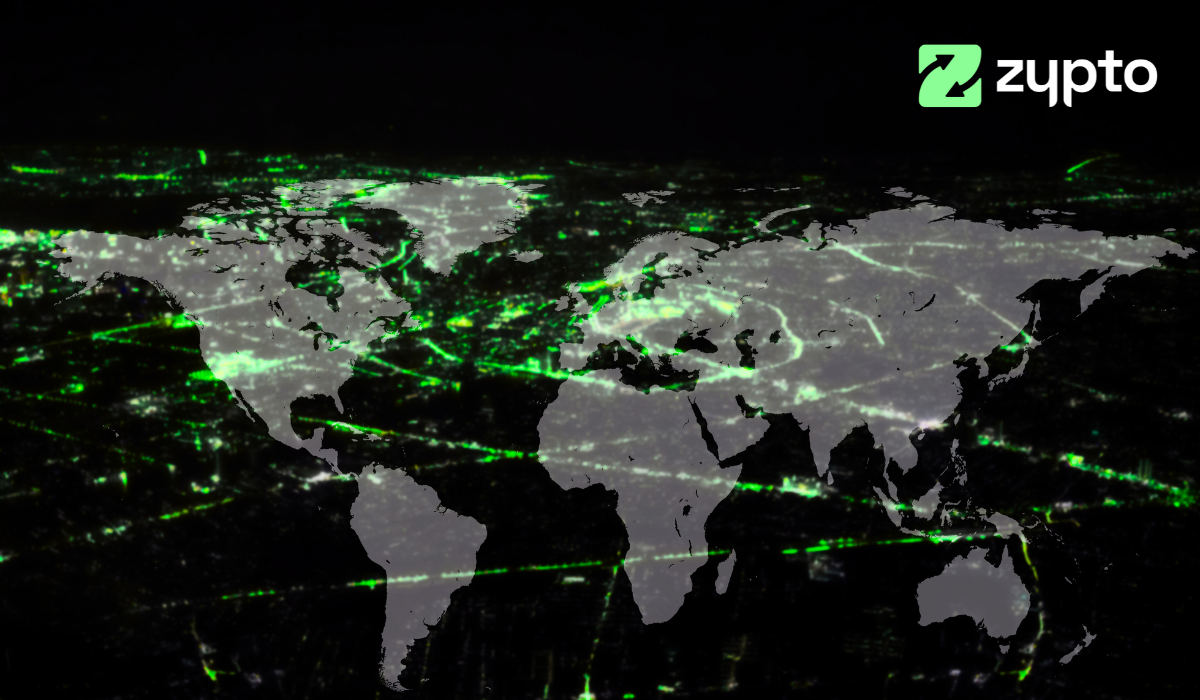
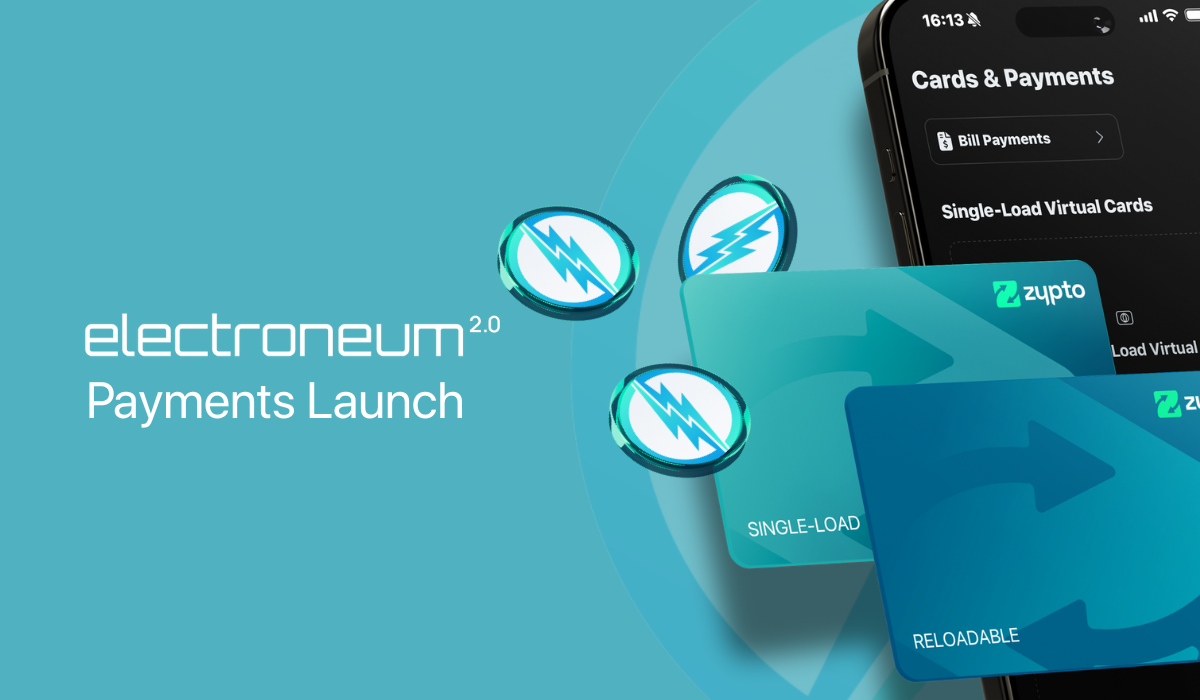
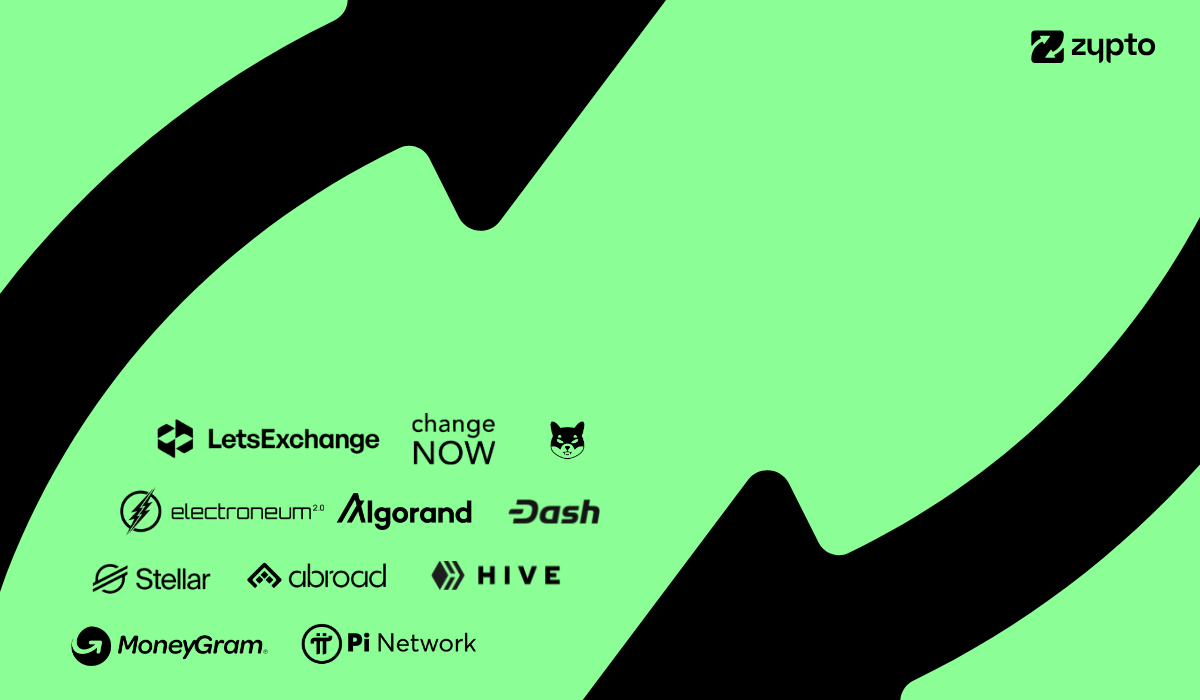
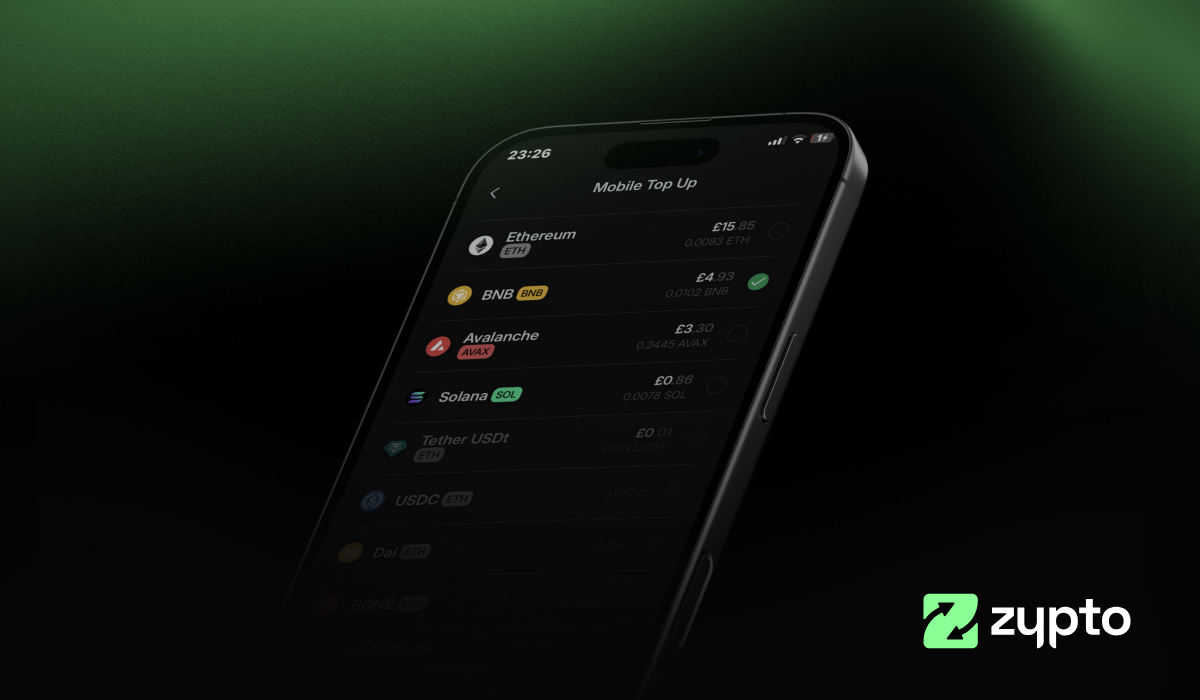
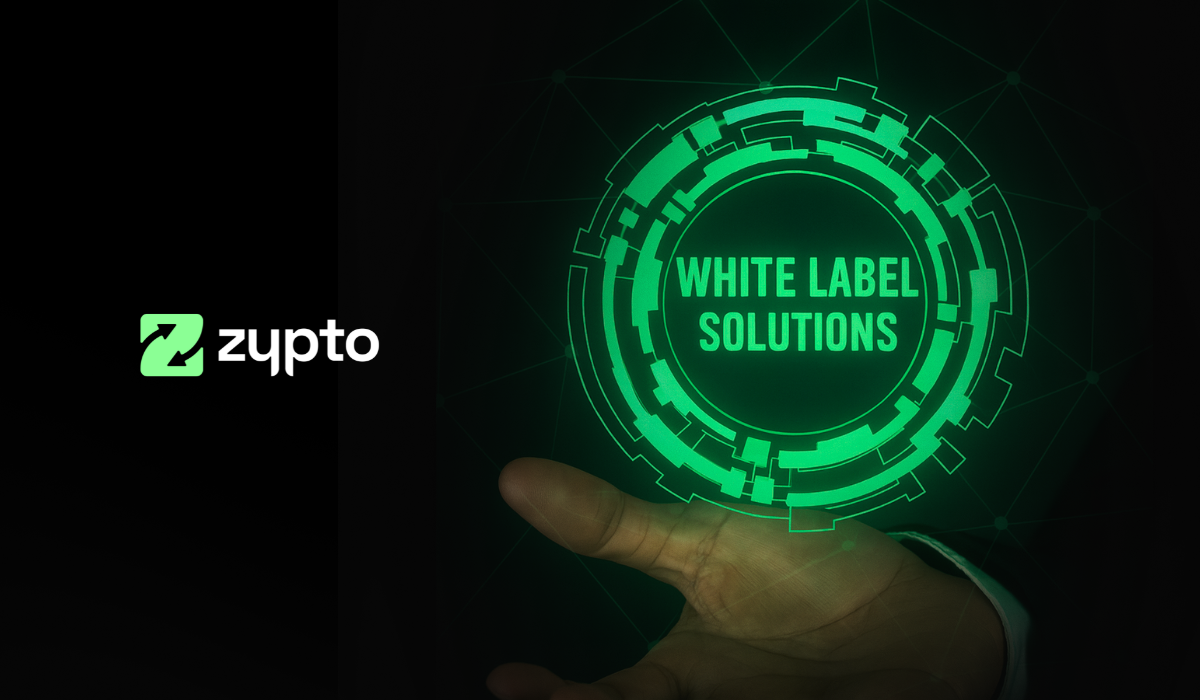
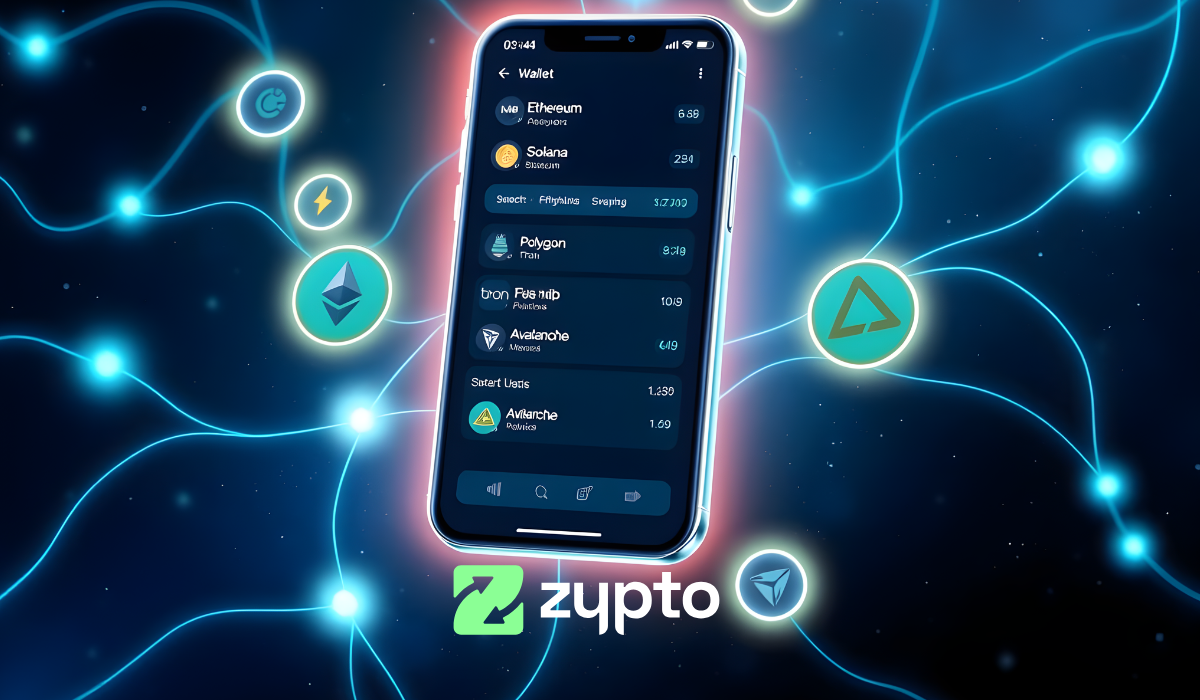

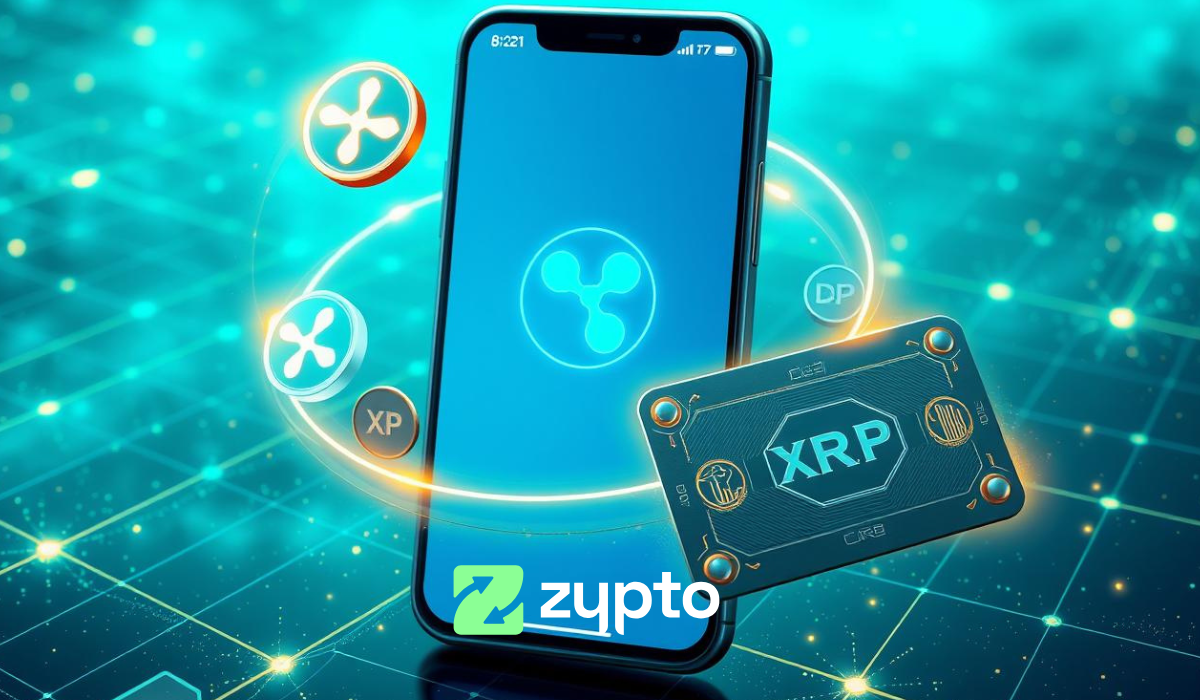
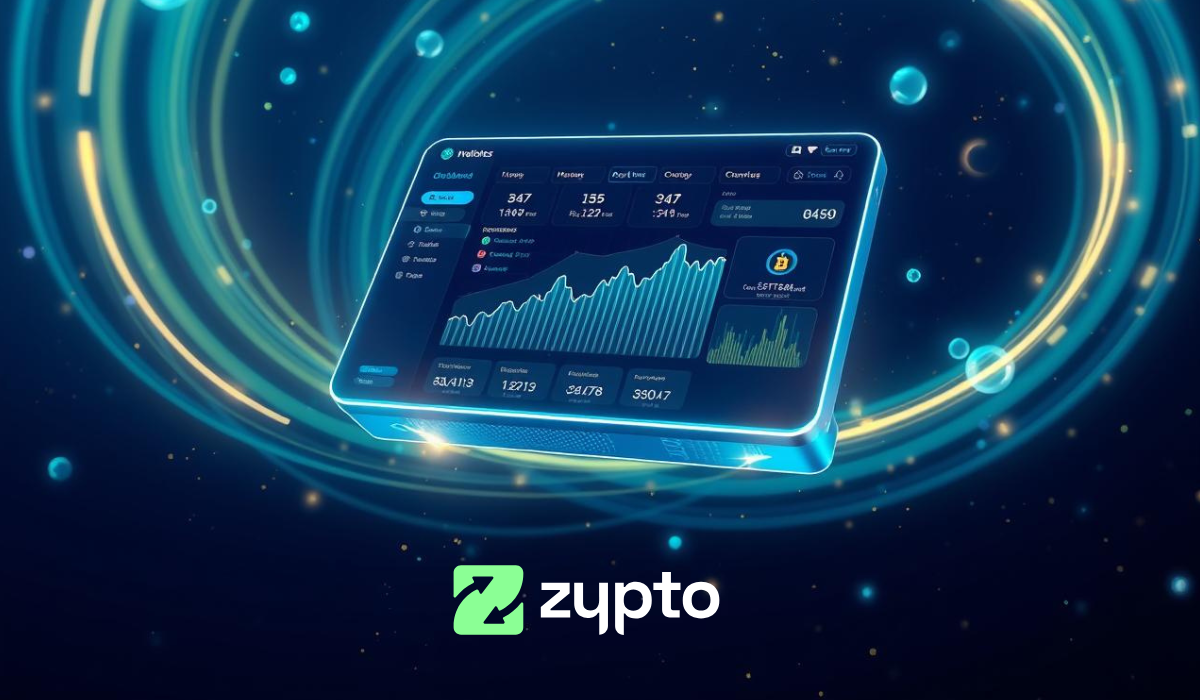
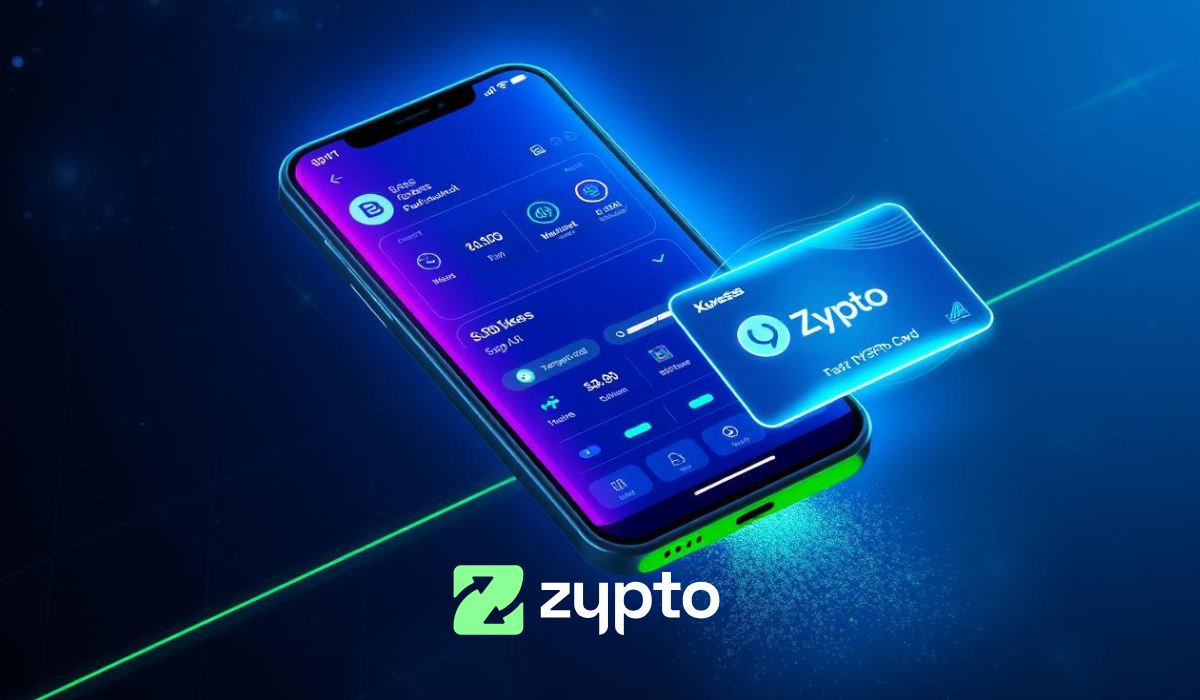

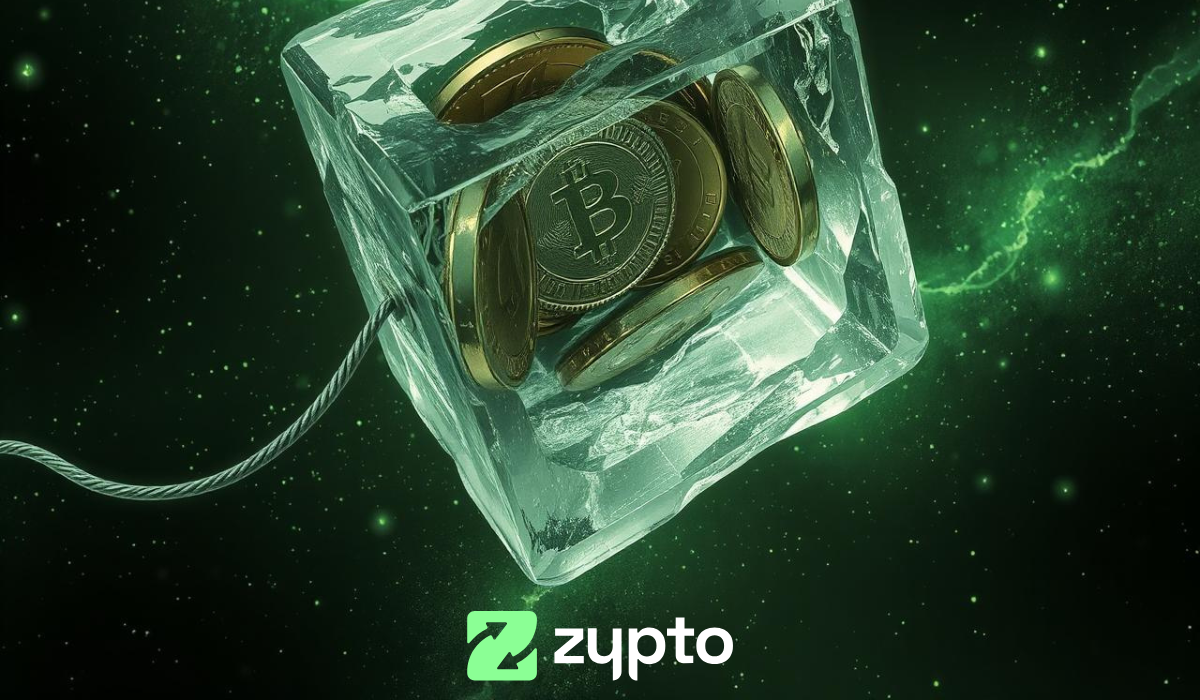

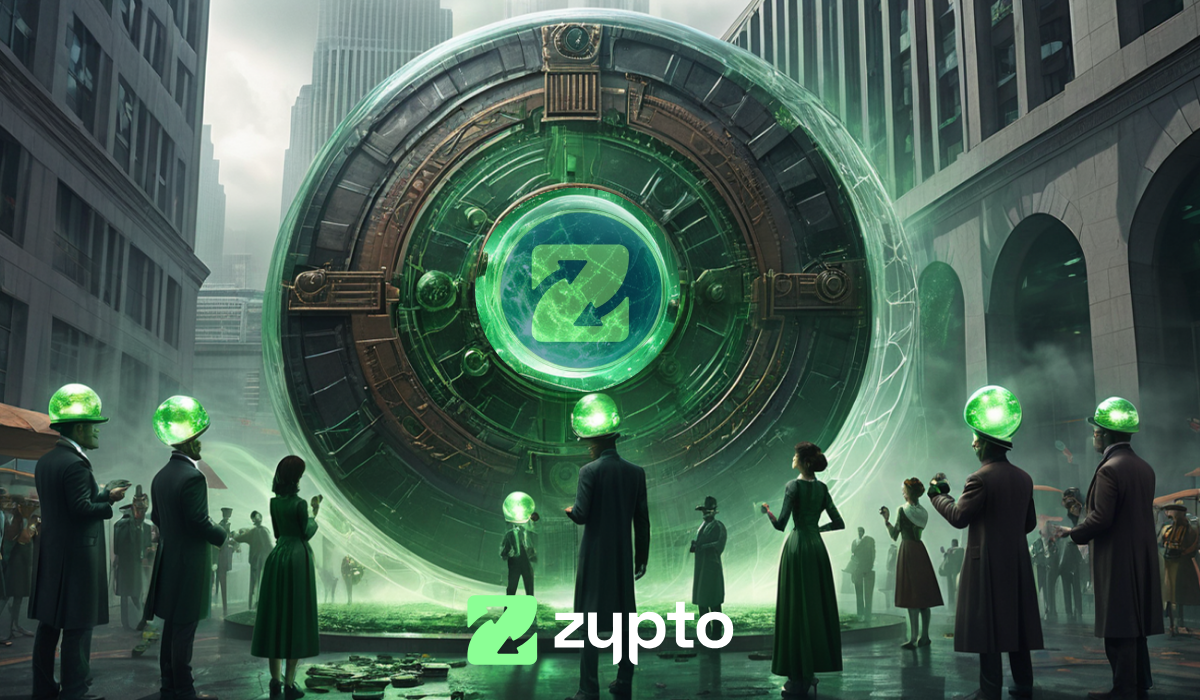



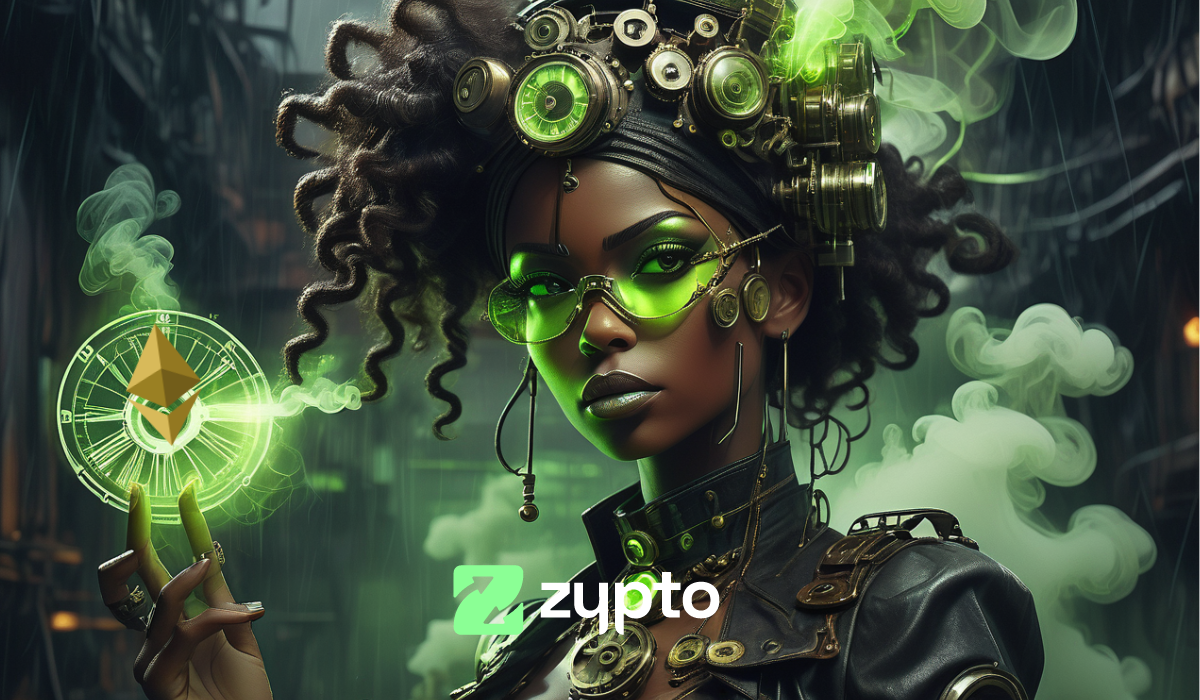
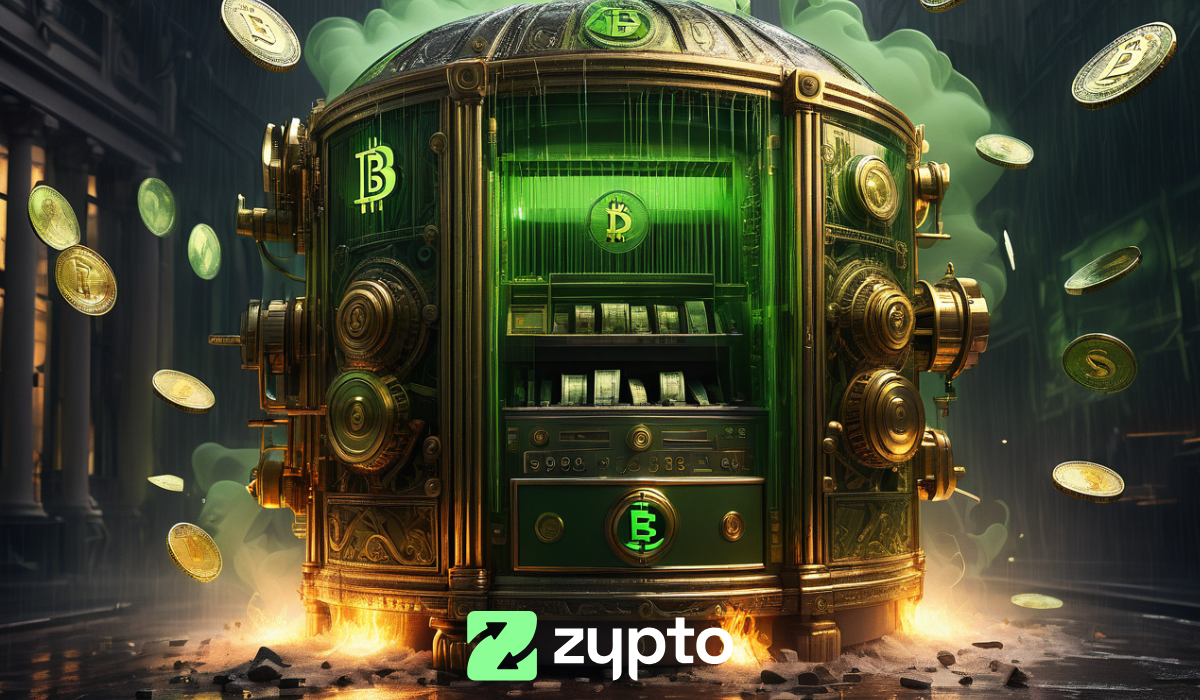
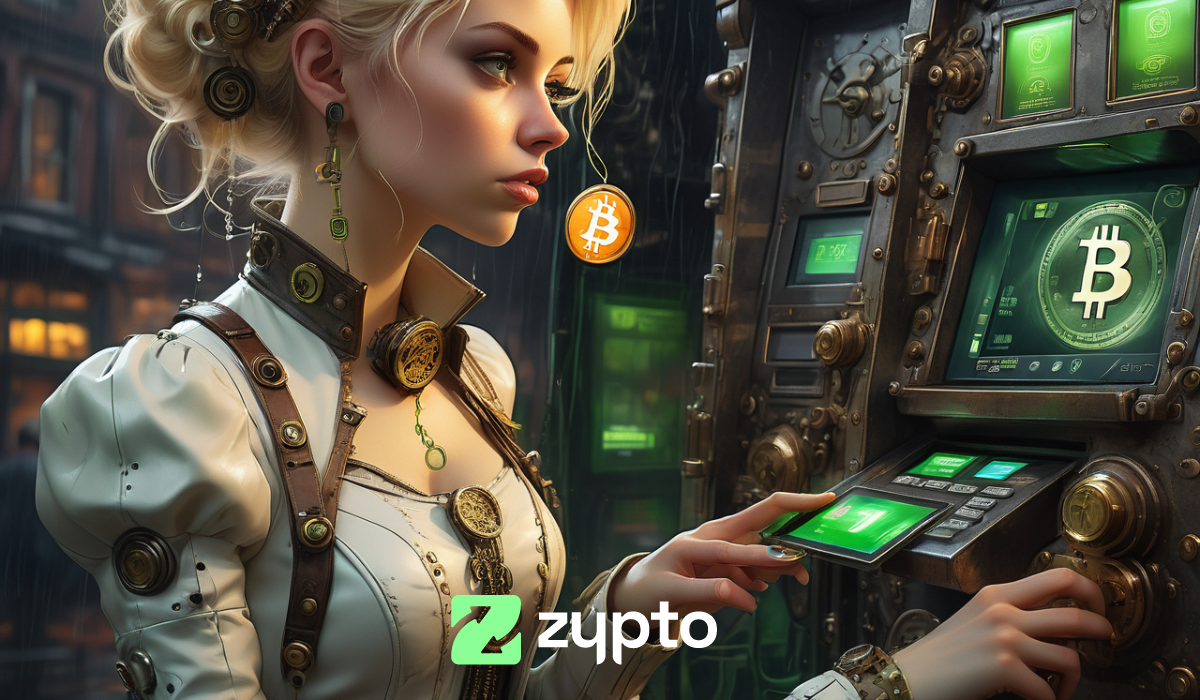

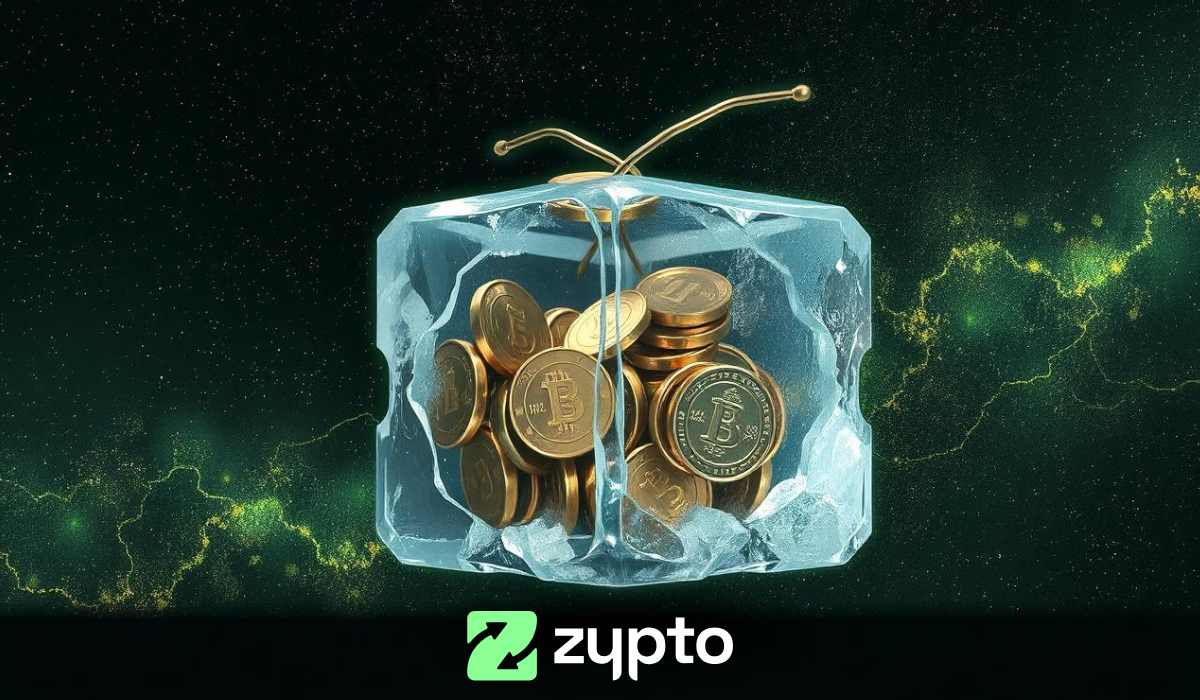
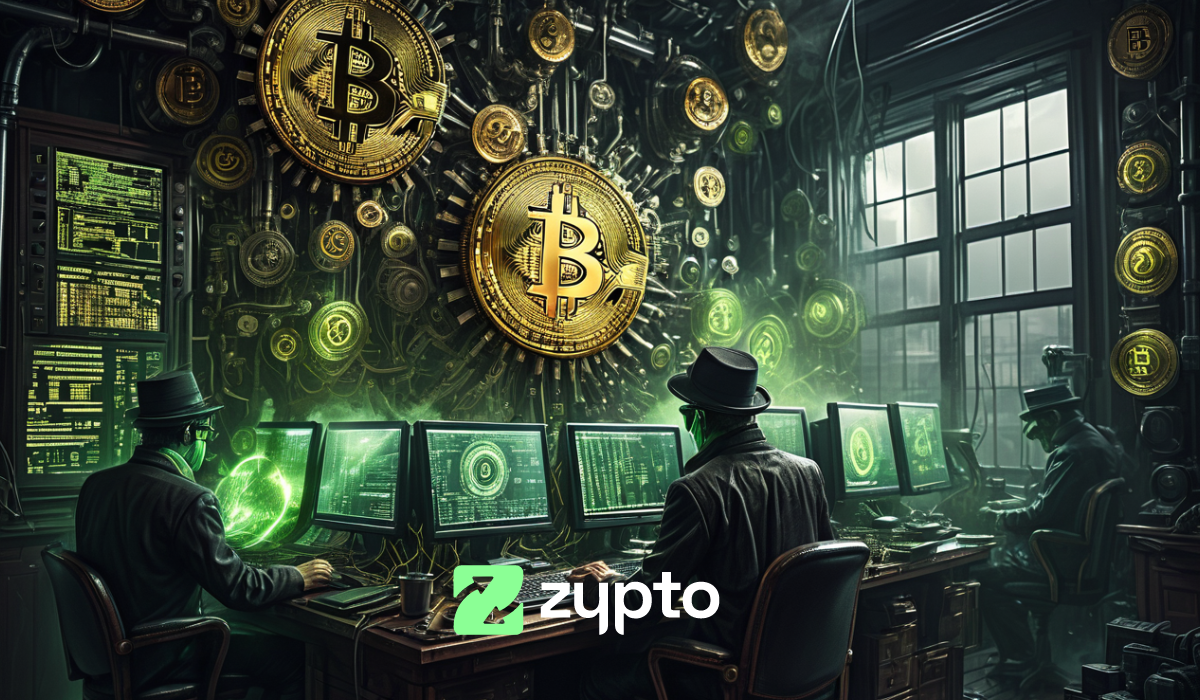




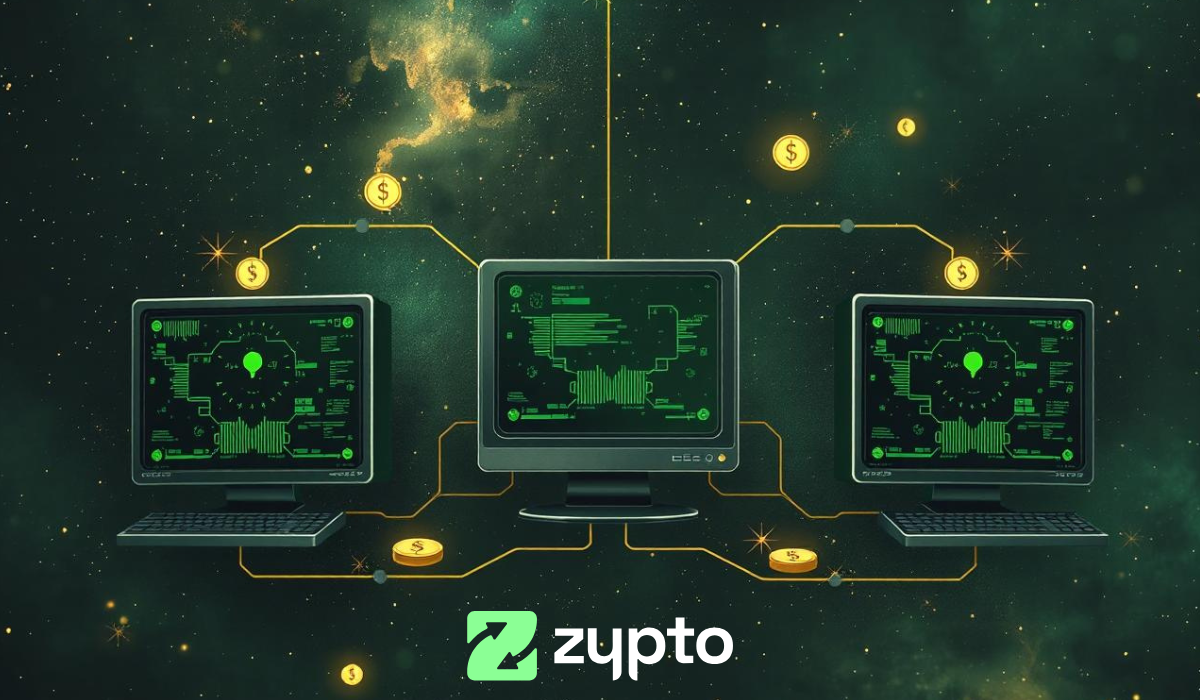


0 Comments